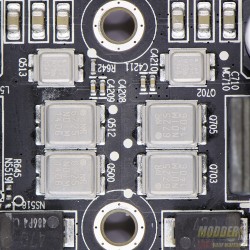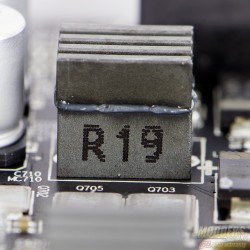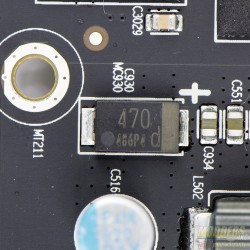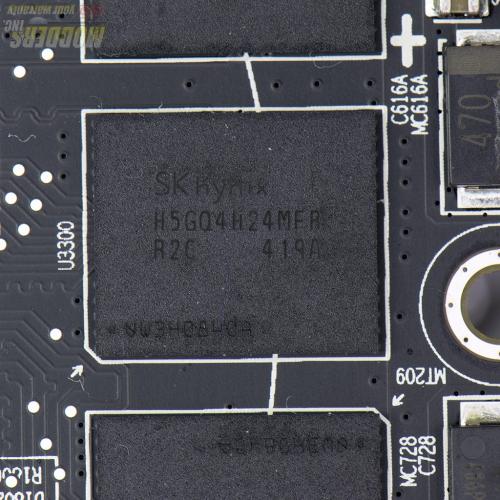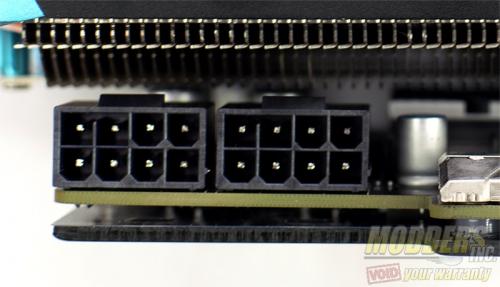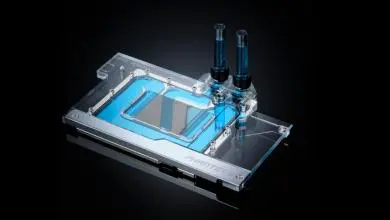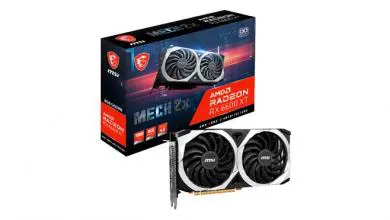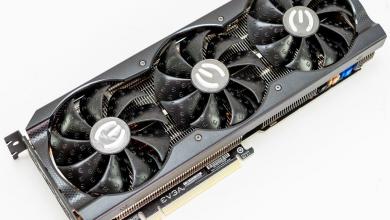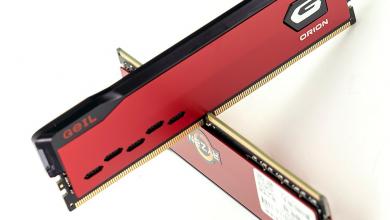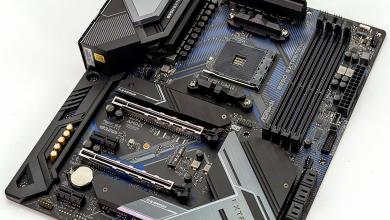Sapphire Vapor-X R9 290x 8GB Tri-X Video Card Review
Under The Hood
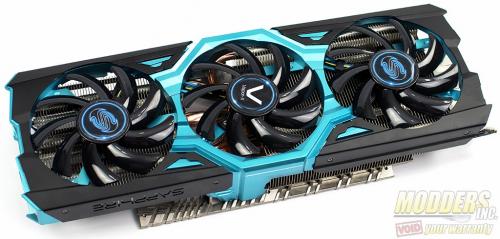 One of the many things that sets video cards apart is their cooling ability. Typically, noise does not really factor in when doing a modern day GPU review because when the card is idle the fans spin down to a low RPM or stop completely. When gaming, most of the people that I know use a headset so the card can ramp up the fans to a higher RPM and a little more noise is generated. The Sapphire Vapor-X system uses three 10cm fans along with a special shroud to blow air across the heatsink to remove heat from the card.
One of the many things that sets video cards apart is their cooling ability. Typically, noise does not really factor in when doing a modern day GPU review because when the card is idle the fans spin down to a low RPM or stop completely. When gaming, most of the people that I know use a headset so the card can ramp up the fans to a higher RPM and a little more noise is generated. The Sapphire Vapor-X system uses three 10cm fans along with a special shroud to blow air across the heatsink to remove heat from the card.
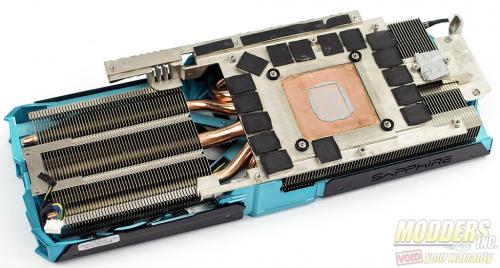 Underneath, a solid copper block mounts to the top of the GPU and is held in place in combination with the backplate and an aluminum retention mechanism. The copper heat pipes run through the aluminum fins of the heatsink. Thermal pads are used to transfer heat from the memory chips to the heatsink. The VRAM is cooled by a “pad” of thermal paste type material. When the cooler is removed from the card, residue is left behind on the VRM.
Underneath, a solid copper block mounts to the top of the GPU and is held in place in combination with the backplate and an aluminum retention mechanism. The copper heat pipes run through the aluminum fins of the heatsink. Thermal pads are used to transfer heat from the memory chips to the heatsink. The VRAM is cooled by a “pad” of thermal paste type material. When the cooler is removed from the card, residue is left behind on the VRM.
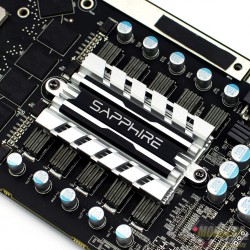 |
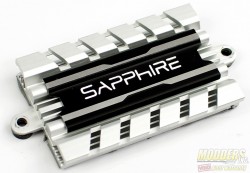 |
The VRMs for the GPU is cooled by a separate headsink located at the rear of the card. While there isn’t a fan directly blowing on the heatsink, the airflow that it receives is enough to keep the VRM cool enough to do their job.
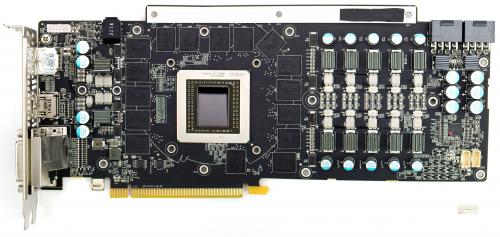 |
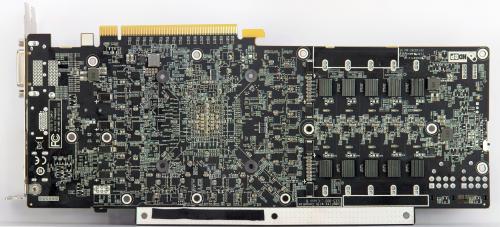 |
The Sapphire Vapor-X R9 290x is a non-reference design. The card claims a 10-phase voltage regulation for the GPU.
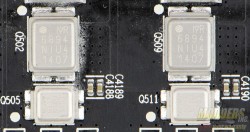 |
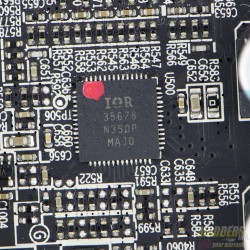 |
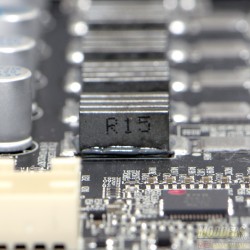 |
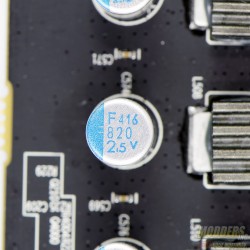 |
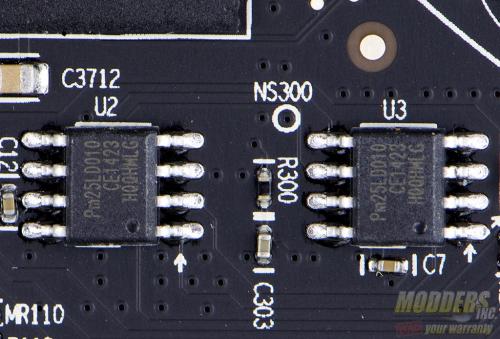 Dual BIOS functionality is handled by a pair of ChingisTek PFlash Pm25LD010 1Mbit flash memory modules. These modules are rated for 100 MHz operating speed and a maximum temperature of 105°C.
Dual BIOS functionality is handled by a pair of ChingisTek PFlash Pm25LD010 1Mbit flash memory modules. These modules are rated for 100 MHz operating speed and a maximum temperature of 105°C.